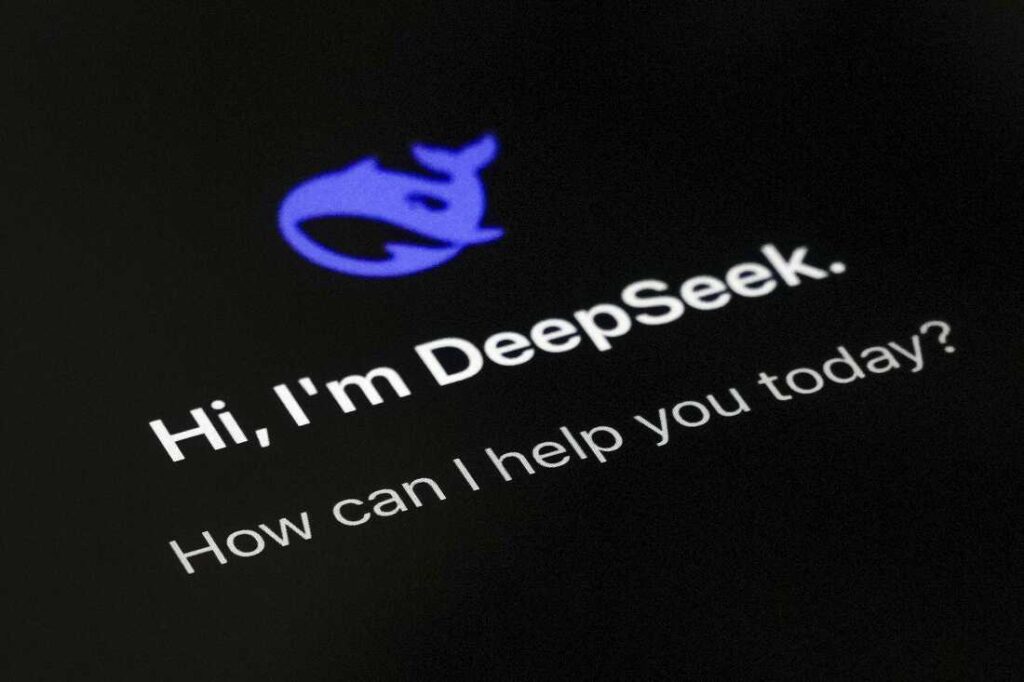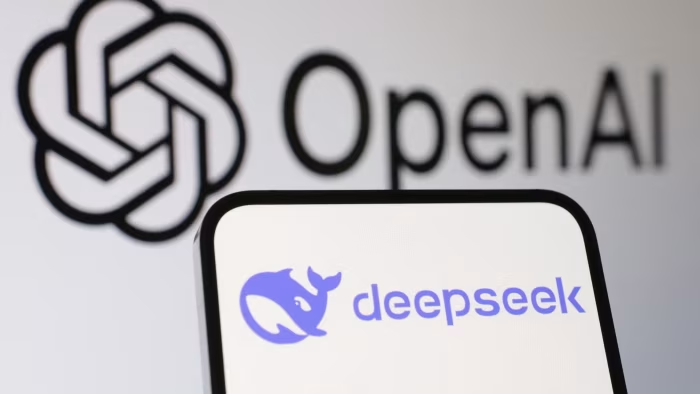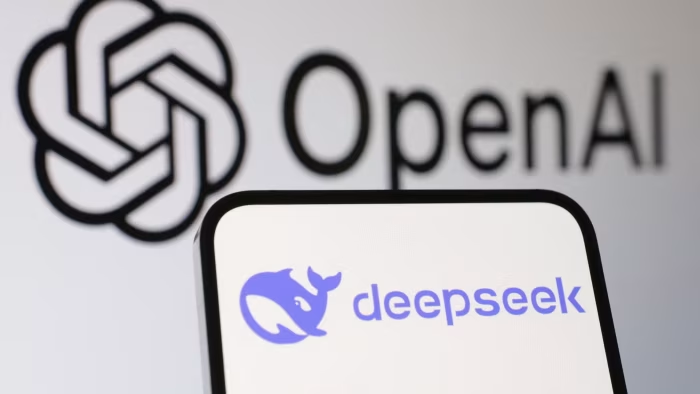
Deep Seek’s AI In the rapidly evolving world of artificial intelligence, a new controversy has emerged, placing Chinese AI startup DeepSeek at the center of intellectual property concerns. OpenAI, the renowned creator of ChatGPT, has raised suspicions about DeepSeek’s methods in developing its competitive AI models.
DeepSeek, a relatively unknown player in the AI landscape, has recently made waves with its R1 reasoning model. This development has caught the attention of industry giants and investors alike, particularly due to its impressive performance achieved with minimal resources.
OpenAI’s Allegations
According to OpenAI, there is evidence suggesting that DeepSeek may have employed a technique known as “distillation” to enhance its AI models. This process involves extracting knowledge from larger, more sophisticated models to improve the performance of smaller ones. While distillation is a common practice in AI development, OpenAI claims that DeepSeek’s use of this technique potentially violates their terms of service.
The Distillation Dilemma
Distillation allows developers to achieve comparable results on specific tasks at a fraction of the cost. However, when used to create competitive models, it raises ethical and legal questions. OpenAI’s terms explicitly prohibit users from copying their services or using outputs to develop rival models.
DeepSeek’s Surprising Efficiency
What sets DeepSeek apart is its ability to produce high-ranking models with limited resources. The company claims to have trained its V3 model, boasting 671 billion parameters, using just 2,048 Nvidia H800 graphics cards and a modest $5.6 million investment. This efficiency has sparked both admiration and skepticism within the AI community.

White House Weighs In
The situation has garnered attention at the highest levels of government. David Sacks, a key figure in AI policy under the Trump administration, has acknowledged the possibility of intellectual property theft. He emphasized the potential use of distillation techniques to extract knowledge from OpenAI’s models, a practice that OpenAI strongly opposes.
Industry-Wide Implications
The DeepSeek controversy highlights broader challenges in protecting AI innovations. As smaller companies and researchers seek to leverage advancements made by industry leaders, the line between inspiration and infringement becomes increasingly blurred. This case underscores the need for clearer guidelines and stronger protections in the rapidly evolving AI landscape.
Conclusion
As the AI race continues to accelerate, the DeepSeek situation serves as a crucial reminder of the complex interplay between innovation, competition, and intellectual property rights. With both Chinese and American companies pushing the boundaries of AI technology, striking a balance between open collaboration and proprietary protection remains a critical challenge for the industry and policymakers alike.


